If you ask me, on any given day, “what’s in your jacket pocket?” the answer is likely to be “that’s none of your business.” Then again, if we’re on more personal terms, I’ll conspiratorially lean over, and pull out my everyday photographic weapon of choice: the Minolta Riva Mini.
This unassuming camera goes with me close to everywhere. It’s small and rugged enough to stuff into a jeans pocket, or throw into a bag, and it is totally, utterly unassuming. You can pretty much bring this anywhere and neither would you worry about it getting stolen, nor would you waste a moment wondering if you’re still going to be able to fit it in. When it’s not in my jacket, it’s in the front pocket of my messenger bag, backpack or carry on. It earns this place not only because it is small and light, but also because it is good. Very very good.
Whenever you read about the Riva Mini – and its siblings in other markets, the Japanese Minolta Pico and the American version, the Minolta Freedom Escort – the first thing people note is its similarities to a slew of other compacts from the era. That looks an awful lot like a Panasonic Super Mini, people will say, or if they can’t be bothered about compacts that don’t have a red dot on them, a Leica Mini, or Leica Mini II.
Both the looks and the controls on the Riva Mini pretty clearly resemble these other 90s point-and-shoots. All I can say is: yes. It pretty much looks like them. Never having actually shot either the Panasonic or Leica variants, I can’t say how they compare to the Minolta except by specs. Check out Hamish’s review of the Leica Mini to get an idea of how it performs. Many of the features and controls are very similar on the Riva Mini. I will try not to duplicate writing about the things these cameras share in common and instead concentrate on explaining why so often the Riva Mini gets the nod over my other point-and-shoots. I will concentrate, in short, on why it works for me rather than on why you should get one.
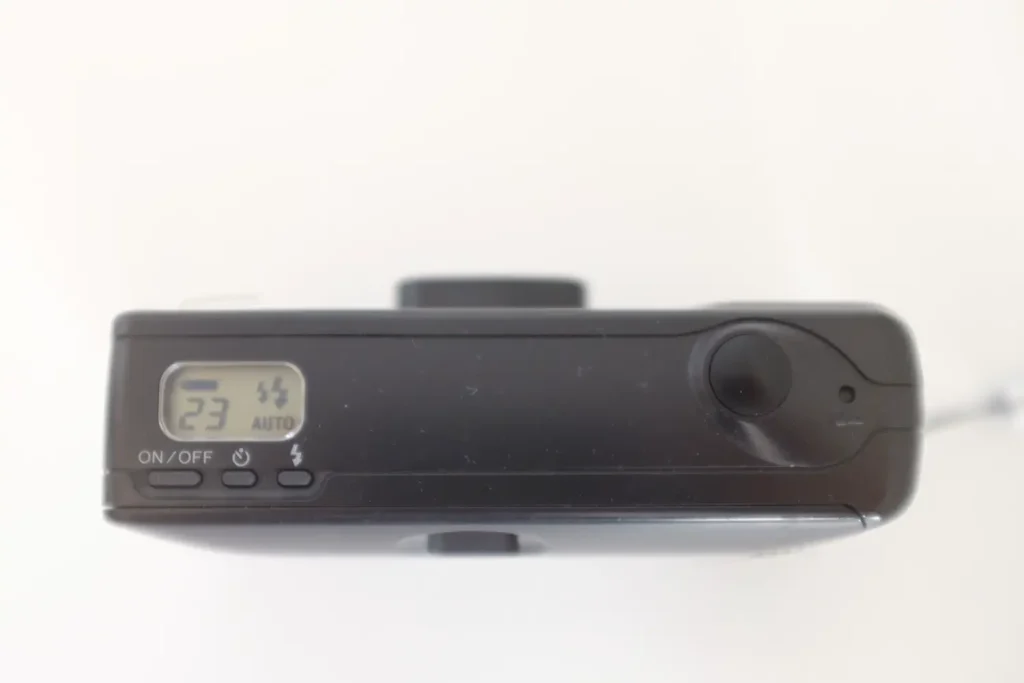
The particular Riva Mini I am using came to me in summer 2013 as one of those magical thrift store finds. I found it sitting on a shelf with a €4 price tag and a full CR123A battery. Since the drugstore down the road sells CR123As for €8.95, this was less than half that price, and infinitely more fun. (I mean, ok, you can’t really have all that much fun with just a battery anyway.) If said battery, through some unhappy accident, falls out of the camera at some point, by the way, no need to worry. I lost a battery when I handed the Minolta to a friend at a party, and the next day just popped in a new one and shot the rest of the roll. The only caveat is that it will start counting up from 1 again, so you won’t know how many pictures are left. The camera looked well worn, the writing on its front clearly rubbed off, the plastic covering the autofocus system marked by tiny scratches, and I swear I could see some grains of sand still in the film compartment. It looked like the camera someone’s uncle or aunt had toted along on summery beach vacations during the 90s and early 00s. The kind of camera that an all too helpful salesperson in a big box electronics store had sneered at, telling their customer instead to “go digital” because that was what all the cool kids were doing, while pulling off the shelf a crappy, clunky three megapixel contraption that could supposedly do all the Minolta could do, and better. At least that is how, in my mind, I ended up with a discarded Riva Mini.
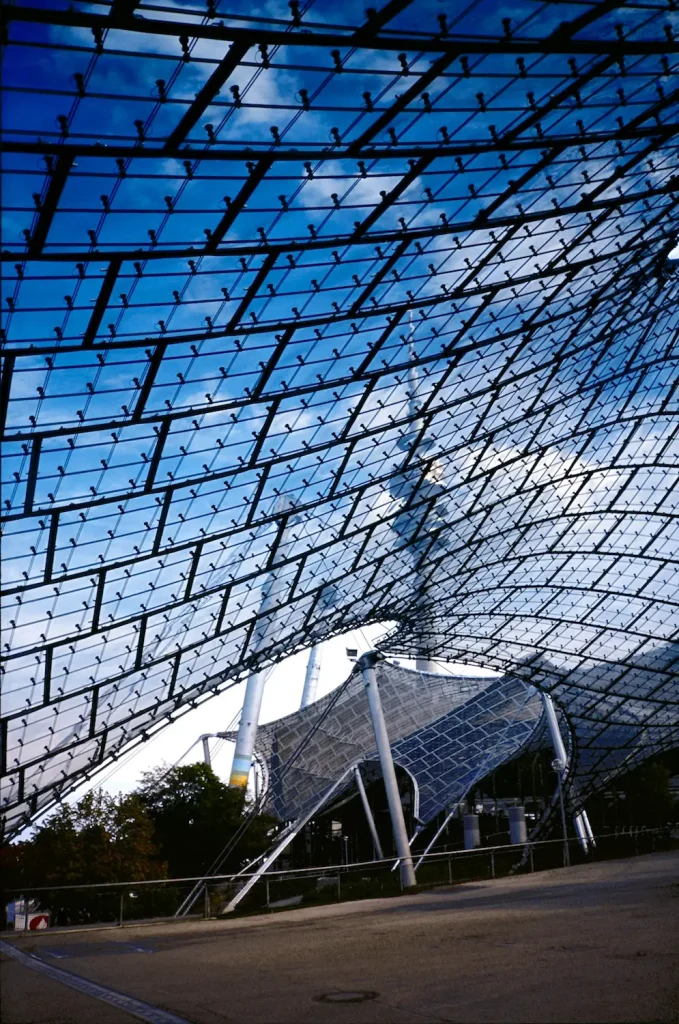
After some very preliminary cleaning, I put in the first test roll, and after scanning it in was underwhelmed by the results. Now that wasn’t very sharp, was it? And did the autofocus even work? You couldn’t hear it at all, and the lens moved only imperceptibly when you pressed the shutter button. Meh. Maybe the thing was just broken? Since I was about to move to another continent for a year and couldn’t bring along a whole lot of things, the Riva Mini didn’t make the cut. It only came into its own for me when I had returned to Old Europe from the New World, armed with more knowledge about the workings of film cameras, and a much better scanner at my disposal.
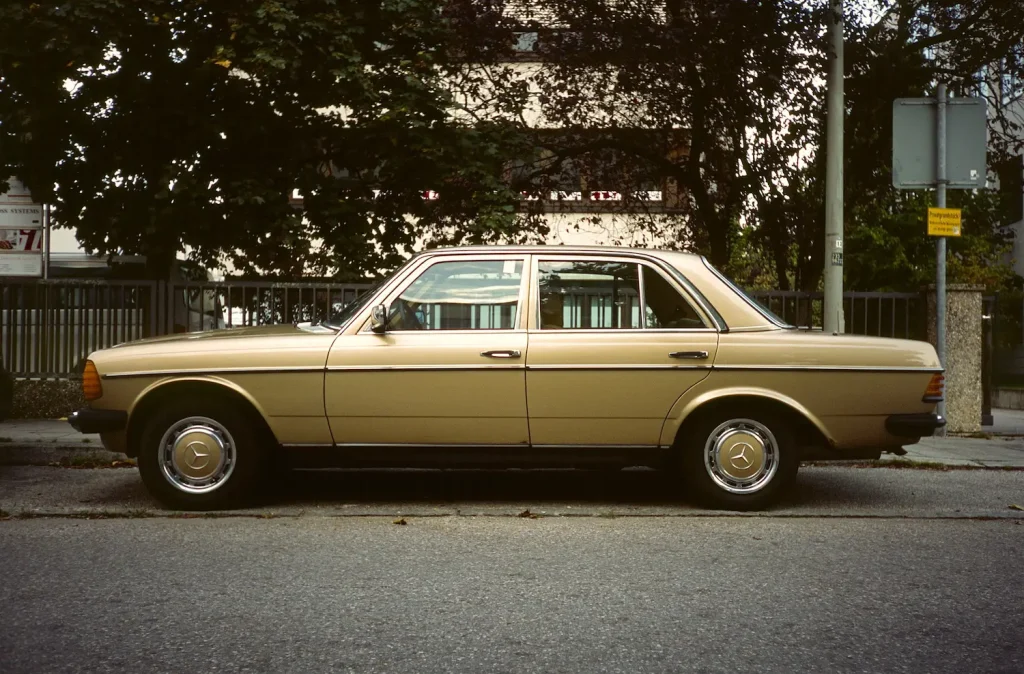
I started bringing the Riva Mini with me occasionally, and when the first images were encouraging, it earned a constant place by my side. This, of course, resulted in my taking ever more pictures with it, and realizing that it was up to a wide range of situations. Most of my early rolls were shot with ISO 100 or 200 Fuji or Kodak film. Later, I took the Riva to concerts and had ok results with grainy Fuji Superia 1600 as well. (The Riva Mini will set ISO from 50 to 3200 with DX coded film, and defaults to ISO 100 with non-DX film or film of lower speed). I’ve also used it on a few rolls at the beginning for this year’s 52rolls project.
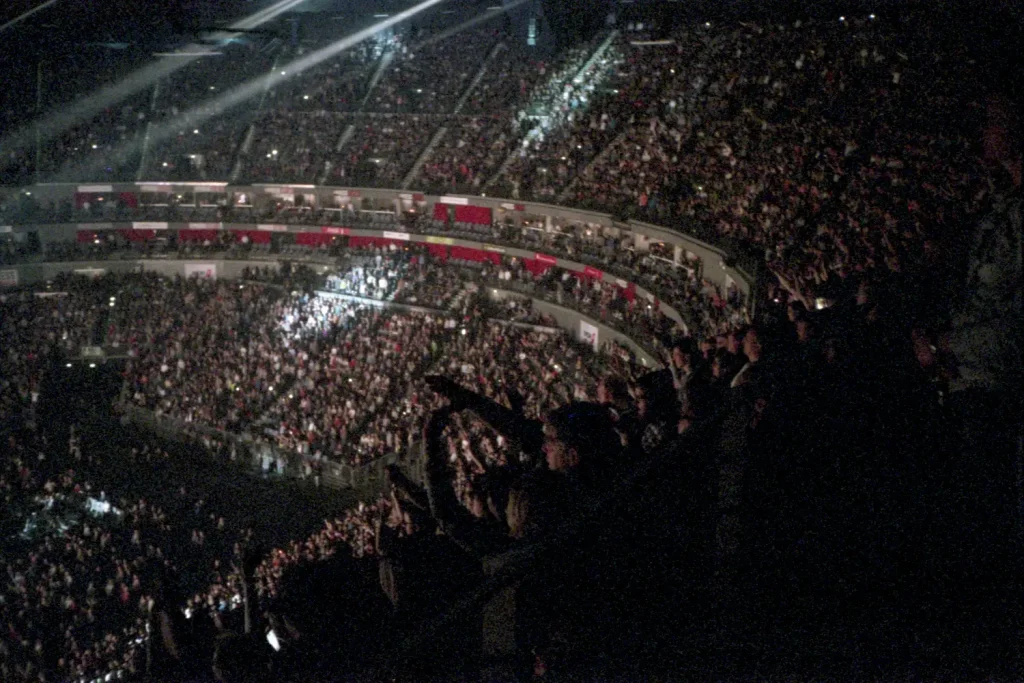
My best photos with the Riva Mini were taken with some drugstore branded Fuji 200 (purportedly the same stuff that’s available as Agfa Vista these days), and with the sadly hard to get Kodak Pro Image 100. I also got some great shots, even indoors, with ISO 100 Agfa Precisa slide film at last year’s Munich Oktoberfest. Here, I had the same experience with the useful little green LED that Hamish described in his Leica Mini review: you could bravely attempt photos even in relatively low light because of that reassuring light in the viewfinder. And sometimes, you’d get something even if the LED blinked, because the Riva Mini has virtually no recoil when you take the picture.
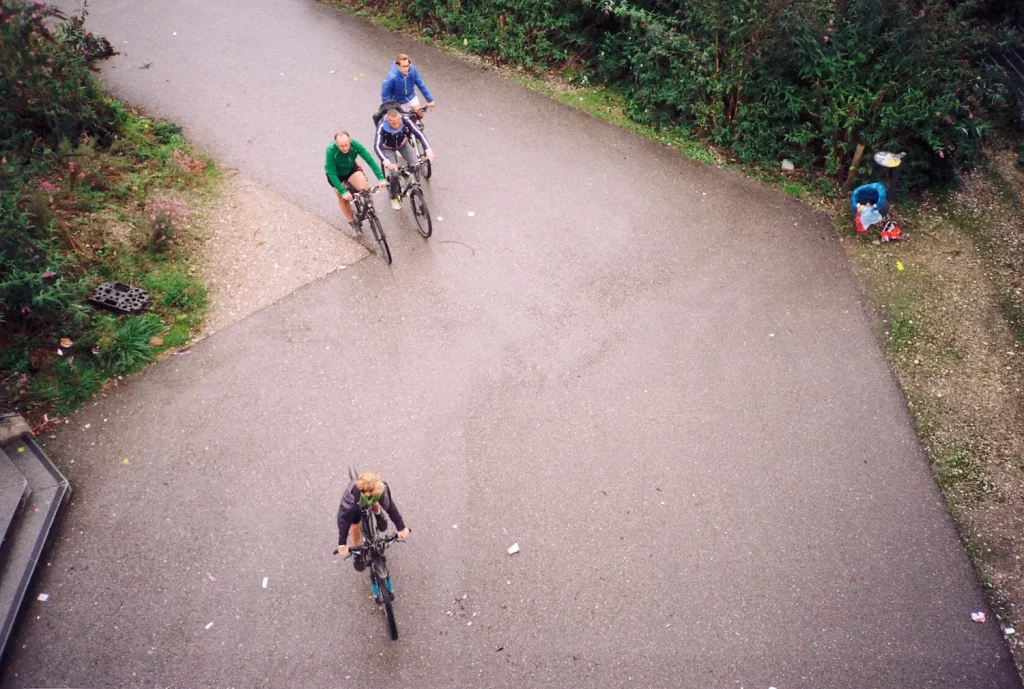
Flash pictures are ok as well. I find that the flash doesn’t grossly overexpose, but that I still want to dial it back a bit in post-production (currently still using Apple’s defunct Aperture). I don’t like to use the flash much though, so won’t have too much more to comment on there. Except that, much like the Leica Mini, the Riva also doesn’t remember the flash mode – certainly a concession to its primary target audience of the photographically uninitiated that would just forget they’d turned it off – and its little rubbery buttons, while responsive, don’t provide stellar haptic feedback. This is not a deal breaker at all, but it does require you to train yourself: press “on” button, press “flash” button four times to turn off flash. Repeat every time the camera has automatically gone to sleep after a short five minutes.
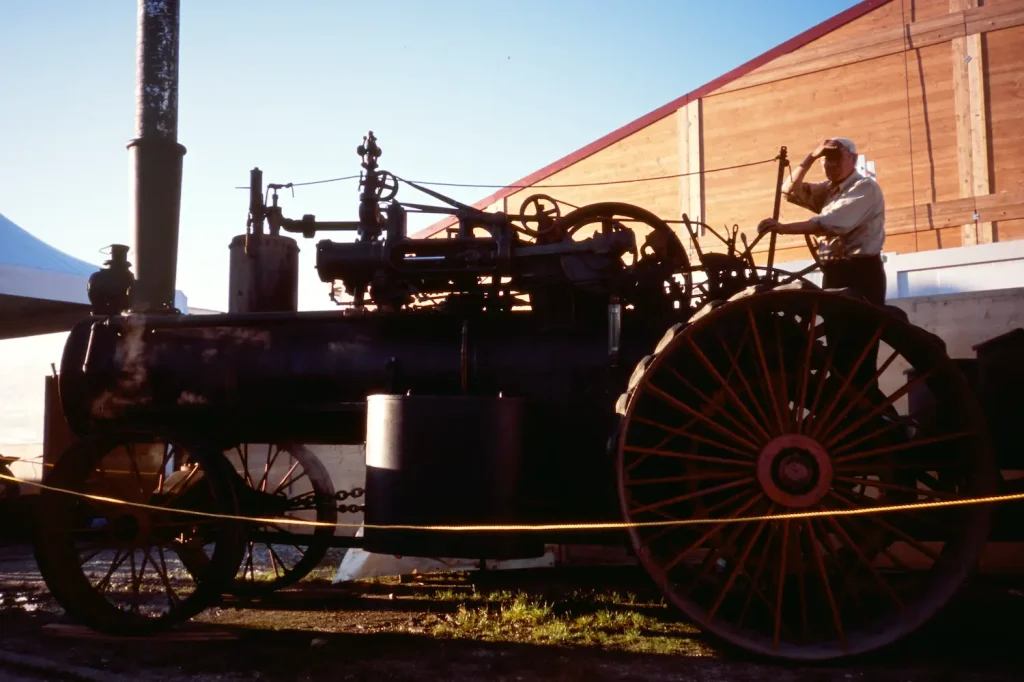
Back at the Oktoberfest, as soon as we went outside to wander around the agricultural exposition on the festival grounds, the Minolta Rivi Mini metering met its match in the high contrast scenes of vintage tractors in shadowy tents under a sunny sky. That is, at least as far as slide film is concerned. It seems to take the evaluative, “let’s make sure everything in the picture is kind of visible” approach, and while you can AF lock the camera by half-pressing the shutter button, this does nothing for the metering. Several shadowy portraits against a bright background attest to this. The manual suggests using fill flash, but I’d much prefer a backlight button here. Then again, this would add complexity to the unadulterated simplicity of the Riva Mini. It’s probably best to use print film with a wide latitude to minimize these kinds of problems. In vignette-happy conditions, the lens will do just that, but you really have to shoot something against a blue sky to see it. Personally, I don’t mind light vignetting. Usually you won’t notice it, and if you do, it often adds to the picture.

For general everyday photography, I liked how using low speed film forced the camera to pick larger apertures more often. The Riva Mini has a 34mm/f3.5 lens, so no, it is no bokeh king. It is, however, quite adequate to the task of isolating someone just a tad for an environmental portrait.

The lens remains sharp even at f3.5. I don’t tend to pixel peep, but it looks sharp in a pleasing, natural way in most shots, certainly hewing closer to the Minolta (and Leica) school of what I’d call “situational sharpness” (Insert long-winded, boring technical excursus on micro contrast and lens design philosophy here. Also, apologies for unnecessarily coining a phrase, I just couldn’t find a better expression.) than the technically perfect but somewhat more clinical Zeiss style. All a matter of taste. Color rendition is also close enough to what I get from my Minolta SLR lenses made in the 70s through 90s. “Minolta colors” from a point and shoot? Yes, please!

So, what’s the takeaway? The Minolta Riva Mini is a very good small point and shoot camera. It may well be the only small point and shoot camera you ever need. It certainly was for its intended target audience in the early 1990s. It works for me and my kind of photography because I like to take pictures of relatively static scenes and spontaneous snapshots or environmental portraits of people I know. To give you an idea, my favorite cameras are small rangefinders and compacts, and for SLRs, small manual focus models from the late 70s and early 80s (your Minolta X-700s or Nikon EMs). My only serious digital camera is a Fuji X100S. If this is the kind of equipment you prefer, the Riva Mini may work for you as well. People have complained about the Riva Mini being slow, but while it’s not the quickest on the draw, especially when you have to turn it on first before you can take a shot – an Olympus mju will beat it every time here – it’s not annoyingly slow either. The small Minolta works reasonably well for landscapes, though I admit I haven’t done this much, and if that’s your jam, you’re much better off with the similar Leicas and their slow shutter speeds and infinity lock settings – or maybe a much more serious camera altogether.
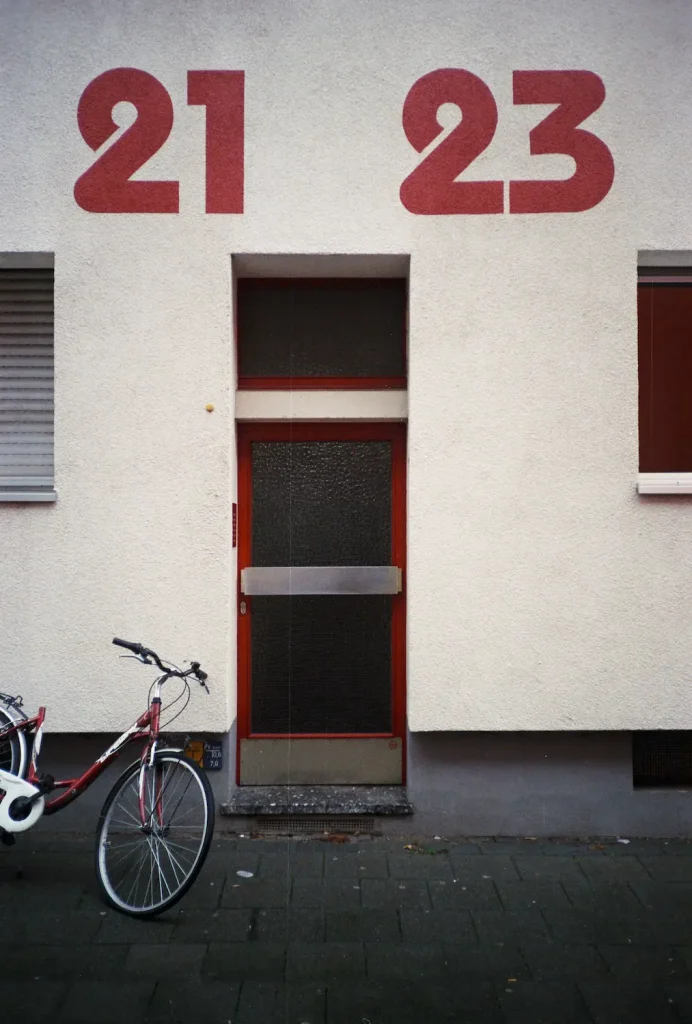
For street photography, it certainly has the benefit of the popular 35mm-ish focal length and diminutive size, though you won’t be able to prefocus or push film or set your aperture to f8 or use black and white film with a yellow filter or any of the other things that street photographers are likely to do. That doesn’t mean you can’t get good “street” style images with the Riva Mini – in fact, its lens does have some of that plasticity that makes mid-twentieth-century street photographs pop. If you could ask it whether it’ll take some street shots, the Minolta Riva Mini would shrug, nod, and unenthusiastically say “sure, if you need me to,” but it’s not what it was designed for. What it was designed for it excels at: being the camera that you have with you at all times, especially when your mind goes to that dreaded, “oh I wish I had a camera now” place. Lots of other cameras can fill that niche, too. This one, beyond technical specs and pseudo-objective reviews of lens quality and focusing accuracy, does it for me.
“Wouldn’t it be great to have a high-quality pocket-size camera to bring along wherever you go?” asked an ad for the Freedom Escort in Popular Photography’s December 1992 issue. It assured the reader that “the next time you see that once-in-a-lifetime shot, you’ll be ready.” Ad speak aside, I’ve found that yes, that would be great and yes, with the Riva Mini in my pocket, I’m ready.
Share this post:
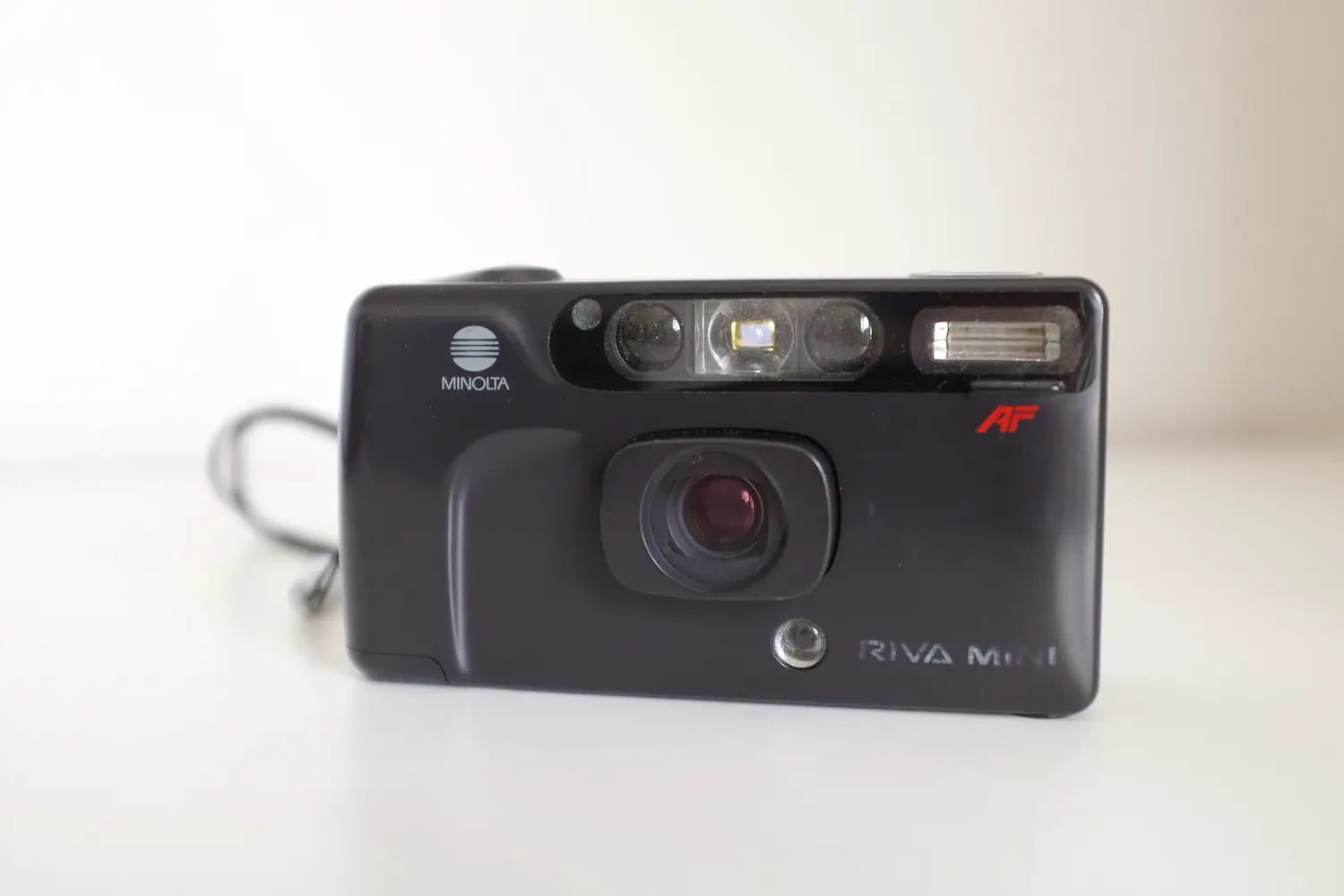








Comments
Daniel on Minolta Riva Mini Review – by Torsten Kathke
Comment posted: 02/10/2015
Torsten Kathke on Minolta Riva Mini Review – by Torsten Kathke
Comment posted: 05/10/2015
Christos Theofilogiannakos on Minolta Riva Mini Review – by Torsten Kathke
Comment posted: 14/10/2015
Torsten Kathke on Minolta Riva Mini Review – by Torsten Kathke
Comment posted: 14/10/2015
Joerg on Minolta Riva Mini Review – by Torsten Kathke
Comment posted: 14/03/2017
I just recently got my hands on the panasonic version of this little camera (Panasonic c-625af super mini) and noticed one odd thing:
The flash setting always goes back to auto mode after every shot, which is kind of annoying.
I guess theres not much one can do about that or am I missing something?
Torsten Kathke on Minolta Riva Mini Review – by Torsten Kathke
Comment posted: 14/03/2017
No, there's really nothing you can do about that. Very few such cameras have a way to turn off flash permanently. If that's important to you, you could try the Canon Prima Mini II, for example. It's small and has a lens with similar specs and has a dial to keep flash off. I haven't shot with one though, so I can't say if the lens is as good as the one on your Panasonic.
Marta Espiridião on Minolta Riva Mini Review – by Torsten Kathke
Comment posted: 10/05/2017
I am about to buy a Riva Zoom Pico for a bargain, and I would like to know if it is very different from the mini, and if it's worth it. What are your thoughts regarding the Zoom Pico?
Thank you once again for your awesome reviews!
Patricia Graves on Minolta Riva Mini Review – by Torsten Kathke
Comment posted: 16/07/2017
I have an old Minolta Freedom Escort that has been siting in a cupboard for years. It has a roll of film in it but I have no way to know how many pictures on it or what they are. I replaced the battery and it works, but reset to 0. It took a picture when I tried it.
Can you tell me how to rewind the film and get it out? (assuming I can find somewhere to develop it) Will it automatically rewind when it gets to the end? Thanks for your help! Tricia (Australia)
Comment posted: 16/07/2017
Comment posted: 16/07/2017
Comment posted: 16/07/2017
Comment posted: 16/07/2017
Patricia Graves on Minolta Riva Mini Review – by Torsten Kathke
Comment posted: 16/07/2017
Tricia
Comment posted: 16/07/2017
andoni on Minolta Riva Mini Review – by Torsten Kathke
Comment posted: 02/01/2018
Comment posted: 02/01/2018